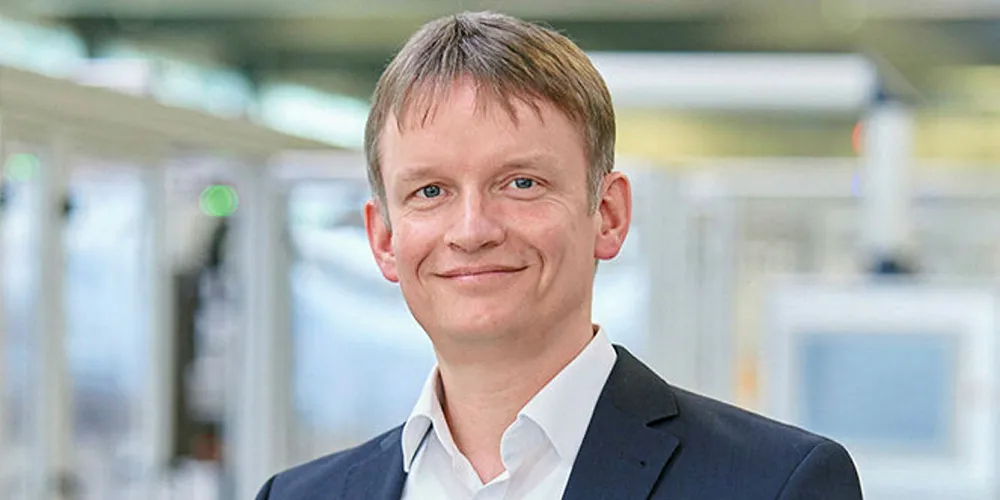‘Europe is still the technological leader in PV‘
Industrial policies should bring back solar manufacturing to Europe, says CEO of Swiss equipment maker Meyer Burger, which is planning to build a 5GW manufacturing base

Industrial policies should bring back solar manufacturing to Europe, says CEO of Swiss equipment maker Meyer Burger, which is planning to build a 5GW manufacturing base
